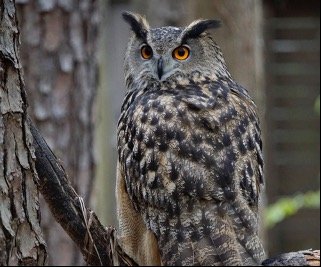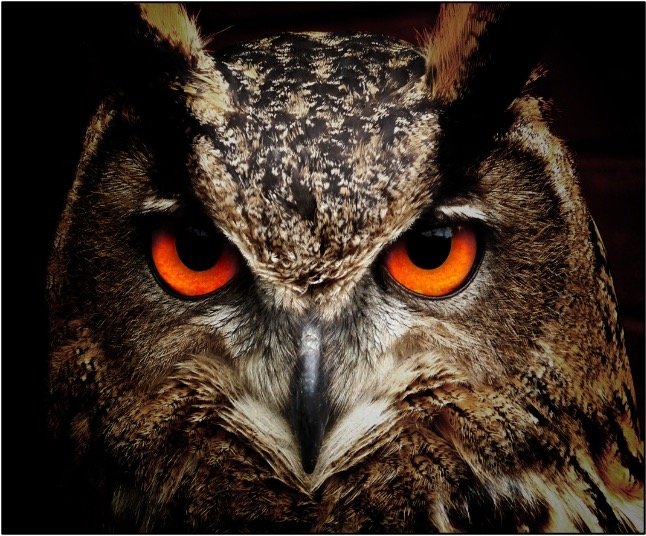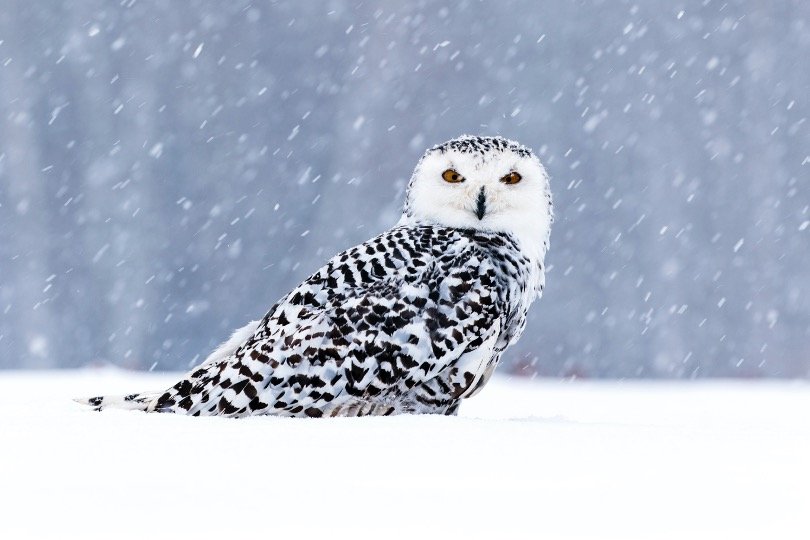
Do Owls Hibernate or Migrate?
Owls are beautiful, secretive birds that are fascinating for a variety of reasons, one of which is their ability to perform a 270-degree head rotation. One of the most frequently asked questions regarding owls is what happens to them during the winter months.
They hibernate till the weather warms up or do they migrate like many other sorts of birds throughout the winter months of the year?
The answer to the topic of whether owls hibernate or migrate is a little more nuanced than it appears at first glance. However, it turns out that the majority of them do neither, with a few notable outliers.
They are neither hibernating or migrating, so how are they surviving the cold if they are not doing so?
Do Owls Go into Hibernation?
When the weather becomes cold and it becomes more difficult to acquire food, many animals hibernate to conserve energy. Despite popular belief, animals that hibernate do not sleep away the winter months.
Instead, they are active during the winter months. It is the act of conserving energy when there isn’t enough food available, and it involves specific physiological changes such as a reduced metabolism.
Owl Face: 19 Owl Species With Irresistible Faces
Animals are able to withstand the harsher periods of the year because of this practice. Owls, on the other hand, do not require hibernation.
Due to the fact that their bodies are especially designed to withstand extreme temperatures, it is simpler for them to deal with the cold and even seek prey when there is snow on the ground.
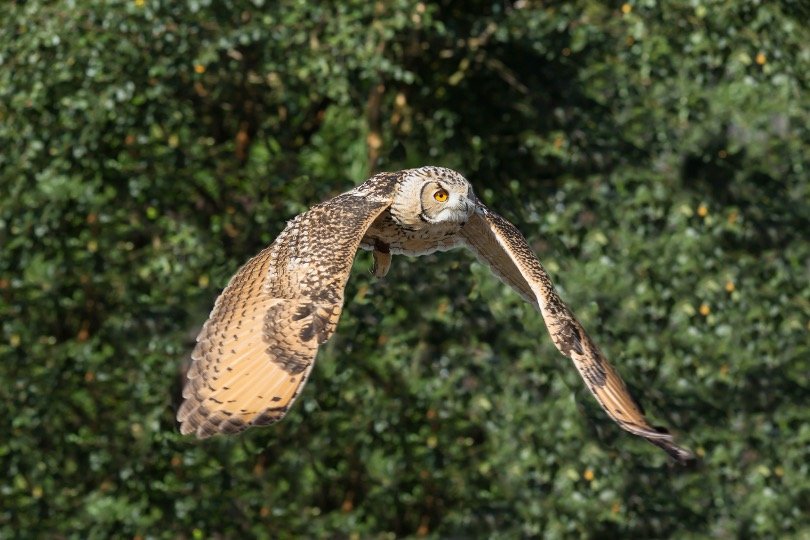
Do Owls Migrate?
For the most part, owls do not need to migrate because they have adapted to survive in colder climates for a long period of time. It’s also worth noting that they lack the intrinsic impulse to migrate that other bird species do.
Some owl species, however, do engage in movement throughout the winter, which is similar to migration in nature. When owls migrate, it is because there is a scarcity of food in the area, and they are looking for more easily accessible and numerous prey to catch.
Owl Legs: Everything You Need To Know (With Pictures)
Irruption is the term used to describe this type of conduct. However, when owls do this, they do not follow any specific routes or even move at the same time every year (or at all), which distinguishes them from other bird species that migrate.
A few of the owl species that engage in irruptive behaviour are the Snowy Owl, the Great-Horned Owl, and the Short-Eared Owl, to name a few.
How Do Owls Survive in Winter?
Now that we know that owls do not hibernate and that only a few species travel around over the winter in a manner akin to migration, we can better understand why.
How do owls survive, given that they remain stationary in the face of often incredibly brutal cold and weather? Primarily as a result of the ways in which their bodies have evolved to assist them.
1. Feathers
During the colder months, owls, like all birds, create an extra layer of down feathers to help them stay warm and comfortable. They are placed beneath their main covering of feathers and aid in the retention of warm air near to the body by insulating the animal.
Are Owls Omnivores? Everything You Need To Know
Non-stop shivering and fluffing of these feathers can cause the air to become even hotter as the owl tries to escape. This procedure aids in maintaining the core temperature of an owl. This procedure aids in maintaining the core temperature of an owl.
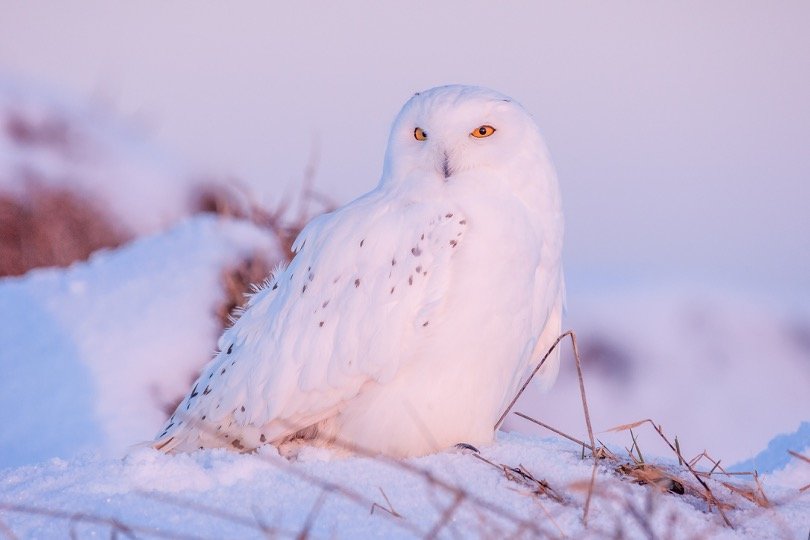
2. Feet
In addition to having interesting feet, owls have feet that can assist them in staying warm throughout the winter months. For starters, owls’ feet are devoid of fluid and pain receptors.
Because they do not have them, their internal temperature is less impacted by the temperatures they may face outside. In other words, they may suffer cold feet after landing on anything frozen, but they will not be cold themselves. But that’s not all there is to it!
They also have a distinct blood flow system that assists them in maintaining their body temperature. The blood that flows from their feet to their bodies is warmed by the blood that flows from their bodies to their feet.
Baby Owl Sleeping Face Down Is Unbelievable (With Picture)
The cooler blood that flows to the feet helps to prevent heat loss there, while the warmer blood that flows to the rest of the body helps to keep everything else from being too chilled.
That’s quite cool, isn’t it? In addition, certain owl species, such as the Snowy Owl, have feathers on their legs and feet that assist them in staying warm during the colder months.
3. Ears
The presence of owl ears is despite the fact that we are unable to see them (because they are buried beneath feathers). The unusual thing about an owl’s ears is that they are not aligned in the same way that ours are.
Instead, one of their ears is higher than the other, and their ears are not in the middle. They also have face discs, which aid in the transmission of sound into their ears.
These discs, as well as the off-center placement, allow them to have fairly extraordinary hearing, which allows them to survive the winter months without dying. Using this type of hearing, owls may detect prey that has been buried in snow in order to keep warm.
What Do Owls Eat? Everything You Need to Know!
It becomes much easier to fly down and snag any creatures that are hidden from view as a result of this arrangement.
Take Away Message
Owls are one of the few birds on the planet that do not require hibernation or migration. A combination of their warm feathers, the blood flow system in their feet, and their acute sense of hearing have enabled them to adapt and thrive in frigid climates.
Irruption is the term used to describe the movement of some owl species during the winter months in order to find more abundant prey. However, while this behaviour is similar to migration, it is not the same as migration.


